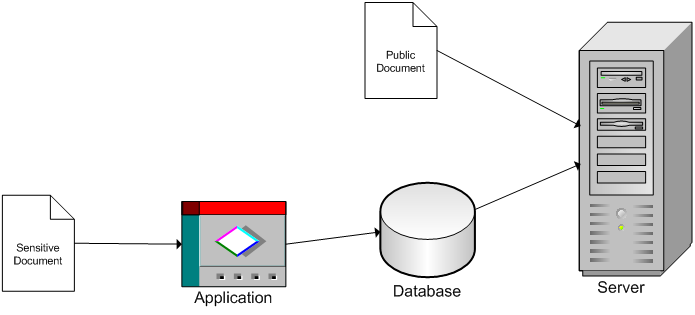Assets
Assets (Resources in BIA) are a hierarchy that must be allocated to a division. Assets must be defined, and should follow a hierarchical classification scheme. The default categories are: Equipment, Information, People, Premises, Suppliers and Technology. Each of these can then be further expanded on to allow assets to be grouped together e.g. ‘Technology’ could be split into ‘Hardware’ and ‘Software’.
Creating a New Asset
There are two ways to create a new asset (resource in BIA). Either:- Click ‘Create New Asset’ from the resource hierarchy sidebar (Organisation > Assets)
- Navigate to the type and then click ‘New Child Asset’ i.e. to create a new ‘People’ resource, click ‘People’ within the hierarchy and then select ‘New Child Asset’ from the sidebar.
Either approach will open the same 'Details' form.
Business Impact Analysis (BIA) Details
There are additional fields which need to be defined when an organisation is using the Abriska business continuity BIA module. Descriptions of each of these additional fields are provided below.- Multiple - Selecting 'yes' for this variable will mean that when activities specify that they use this resource, activities will need to indicate how many resources they use. When resources are flagged as ‘Multiple’ they will be highlighted with an asterisk on the hierarchy.
- Limited - If a resource is flagged as a ‘Multiple’, there will be an additional option to flag this resource as ‘Limited’. This implies that there are a restricted number of these resources within the organisation and getting a replacement or adding to this number would be difficult.
- Limited Number - If ‘Limited’ is set to 'yes', this allows the number of resources owned by the organisation to be set.
- Recovery Point Objective (RPO) - This indicates that the resource contains information and any activity using this resource needs to enter the RPO.
- Multiple -> Singular: If an activity has already indicated that this resource is used, then a number of resources will have been allocated to this activity. In making this modification, this multiple information will be lost.
- Singular -> Multiple: Each activity which has indicated that this resource is used will have been allocated one resource. In making this modification, ………………….
ResourceAsset Dependencies
Abriska has been designed to model relationships between To add these relationships, click on ‘View ResourceAsset Dependencies’ OR 'View DependentAsset Resources' on the resourceasset form. The former option will show all resourcesassets that the selected resourceasset depends on whilst 'View Dependant Resources'Assets' displays the reverse relationship - resourcesassets that are dependent on the selected resource.asset.
ResourceAsset Attributes
If Abriska is being used to conduct ISO 27001 compliant risk assessments, the option will be available to assess 

Within the diagram above, the ‘Sensitive Document’ depends on the ‘Application’, which depends on the ‘Database’. If a value is specified for Confidentiality, Integrity and Availability for the ‘Sensitive Document’, then the ‘Application, ‘Database’ and ‘Server’ will inherit these values.
To view a status of all of the resourcesassets within the organisation, click on “Resource“Asset Attribute Hierarchy” within the main resourcesassets list.
Deleting aan ResourceAsset
When a
Back to Organisation Setup
